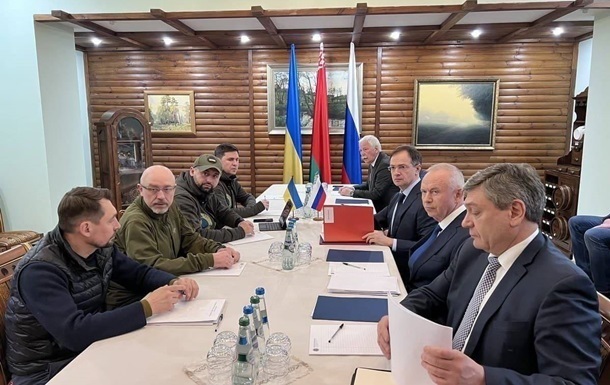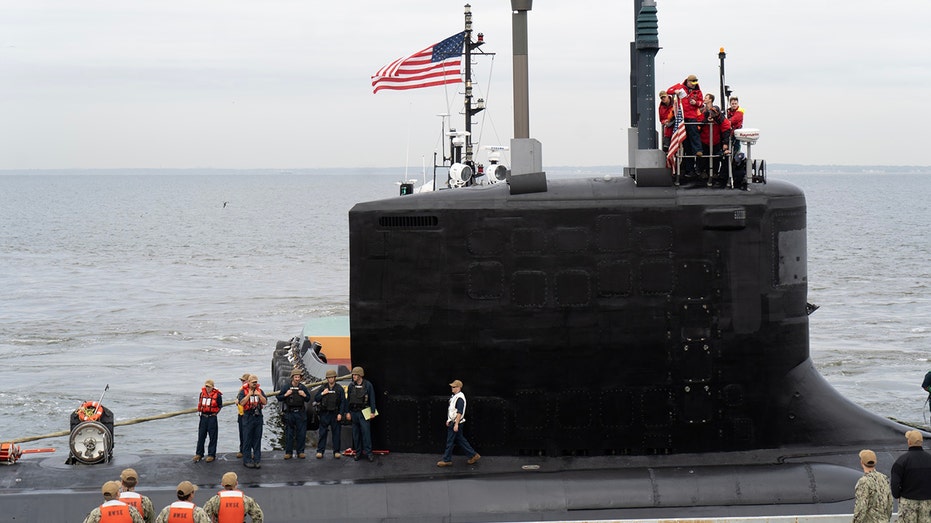WSJ: Document from 2022 reveals Putin’s punishing terms for Ukraine peace
A leaked draft peace treaty from April 2022 reveals the harsh terms Putin sought to end Russia's invasion of Ukraine, including Ukraine's permanent neutrality, strict limits on its military, and the retention of Crimea by Russia.

A draft peace treaty from April 2022 reveals the harsh terms Vladimir Putin sought to end Russia’s invasion of Ukraine, according to a leaked 17-page document viewed by The Wall Street Journal. The deal shows negotiators on both sides briefly considered significant compromises as Ukraine struggled militarily in the early weeks.
Russia demanded that Ukraine become a “permanently neutral state” barred from joining NATO or hosting foreign weapons. Strict limits were to be imposed on Ukraine’s military size and armaments. The draft treaty demanded that Crimea, occupied by Russia since 2014, remain under Moscow’s control.
“A draft peace treaty drawn up by Russian and Ukrainian negotiators in April 2022, about six weeks after the start of the war, lays bare the sort of deal Putin was after at the time. Western officials and analysts say the Kremlin clings to its original objectives after two years of fighting: Turn Ukraine into a neutered state permanently vulnerable to Russian military aggression. The terms Russia seeks now are likely to be even more severe,” WSJ wrote.


